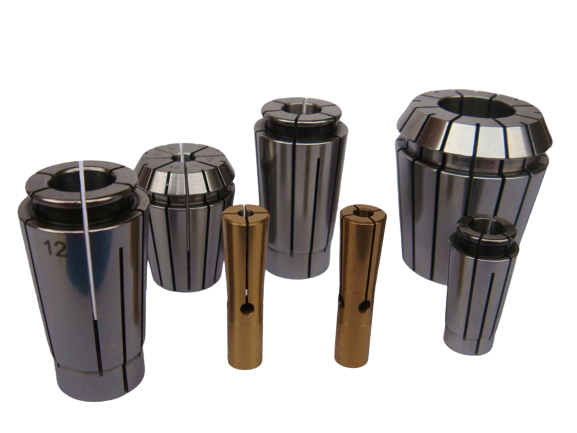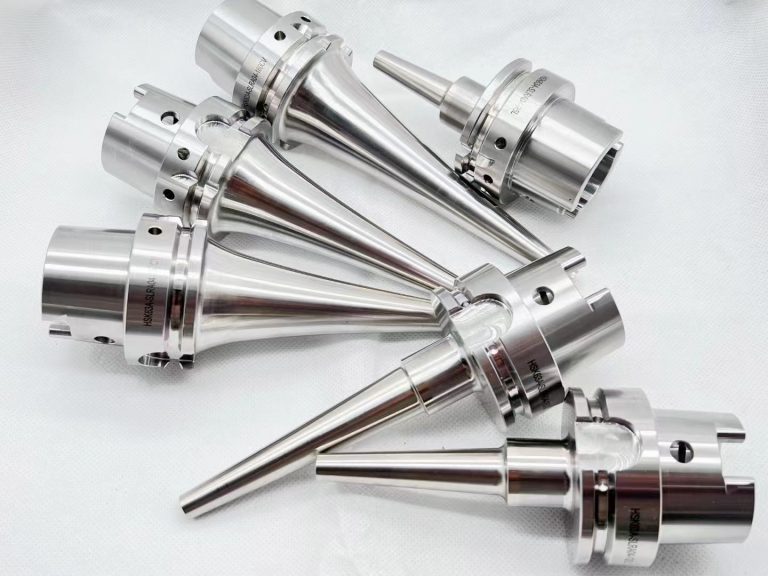The Vital Role of Collets in Machine Tool Machining

When it comes to key components in machine tools, one cannot ignore the collet. A collet is a device used to hold and secure cutting tools, fixtures, workpieces, and more. It plays a vital role in the operation of machine tools and the quality of machining.
Collets are designed and function to provide stable clamping force and precise positioning. They are typically made from metal materials such as steel or copper. The shape and size of collets can be customized depending on specific application requirements. There are different types of collets, including spring collets, drawbar collets, and chuck collets.
Spring collets are the most common type, utilizing a spring to provide clamping force. They can accommodate tools or workpieces with different diameters and ensure a secure grip. Drawbar collets, on the other hand, use a drawbar mechanism to clamp cutting tools or workpieces. This type of collet is often used for higher precision machining tasks. Chuck collets provide stable clamping force by gripping the internal surface contour of the workpiece.
Collets play a critical role in machine tool machining. They ensure stable clamping of tools or workpieces, resulting in improved machining accuracy and efficiency. Proper selection and usage of collets are essential for obtaining high-quality machining results. Additionally, regular maintenance and care are important factors in ensuring collet performance.
As we can see, collets are crucial components in machine tools, contributing to machining quality and efficiency. Their design and functionality ensure stable and precise clamping, delivering excellent machining results. Therefore, when selecting and operating machine tools, careful consideration of collet quality and suitability is necessary to ensure the success of the work.

